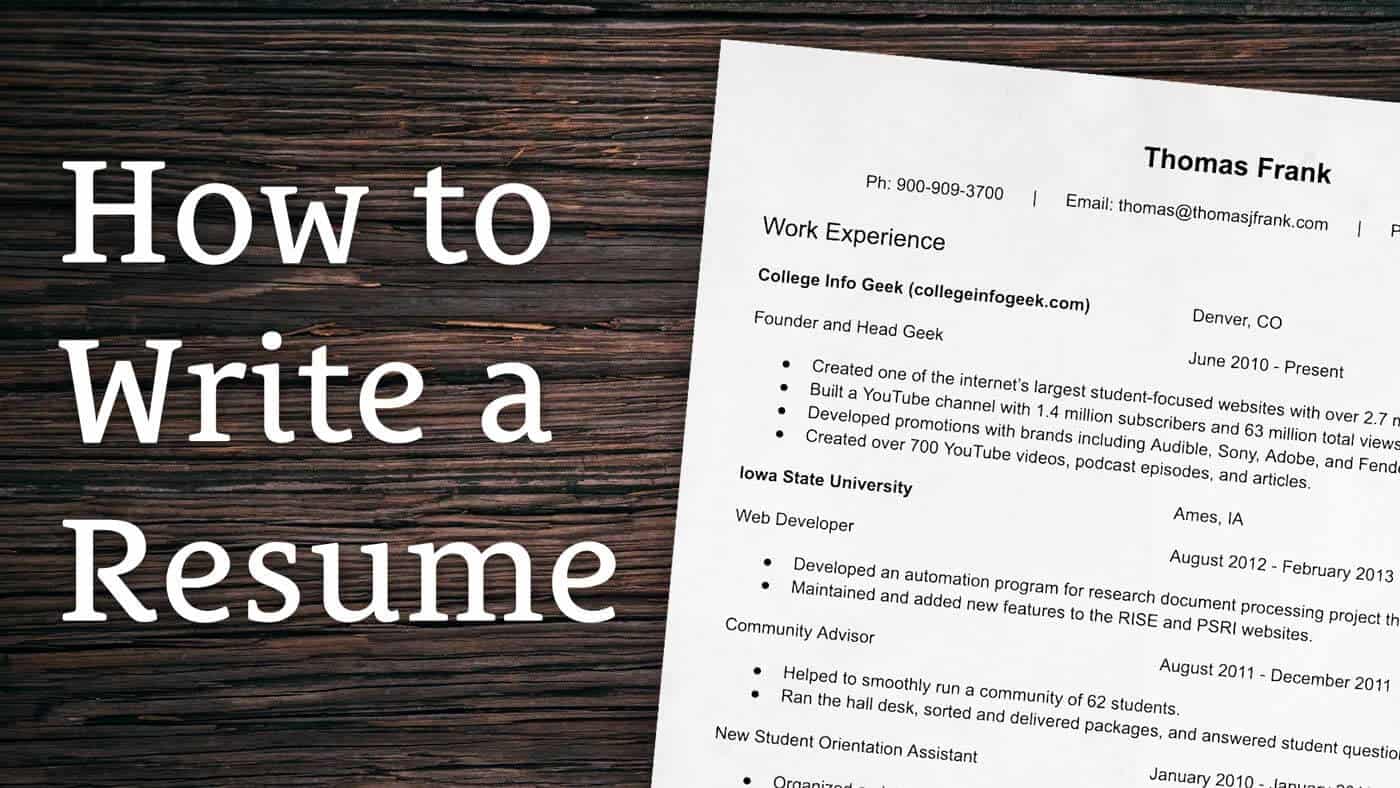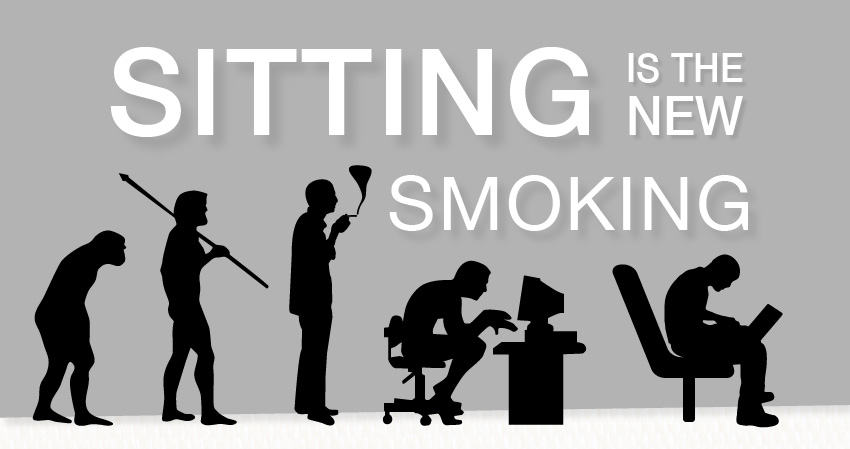You made up your mind to file a small claim. You’ve heard it is relatively easy but unsure how to do it and where to start. If you have a legal adviser, he will advise you to write a letter of demand. A demand letter will help you get your dispute off the ground and into a small claims courthouse.
A letter of demand, known as a demand for a letter, is an important paper that orders the recipient honour a contract or secures a replacement for failure to perform under a contract. It is usually written at the beginning of the process of bringing any case to the court.
People often have a hard time writing a letter of demand, for it requires a laborious step. So if that is you, check this article to find tips and guides on how to write one.
Tip #1: Summarize at the beginning.
This step is somehow similar to an executive summary of a marketing or business plan. In one or two sentences, tell the main point about the damage being done and then give any demand for payment or replacement. Writing a summary will help you liquidize your argument to the basics and lead your reader to what the letter is all about.
Tip #2: Be aware of your reader.
Attorneys often use words that are hard to understand and make people left anxious. Always consider writing a demand letter per your reader’s capability. If your reader is a professional businessman, you can use standard business terms.
Tip #3: Be complete and detailed.
Make sure to tell the whole story of what happened from the beginning. Be direct at the same time; be natural. Leave your emotions and feelings out of the descriptions. Include details of numbers, amount of money and details of dates. Include in the letter details about the damage or injury, details of the accident, and the demand for damages.
Tip #4: Be reasonable.
When you are writing and stating your demands, make sure to be reasonable as much as possible. Sometimes, it is hard to quantify the harms you want, but it is usually determined and guided by the jury.
Types of damages involve the following:
- General damages – includes pain and suffering and loss of future income
- Compensatory (Actual) damages – repay the money you had to spend for the lost.
- Punitive damages- usually for intentional harm done.
Tip #5: Reiterate expectations.
In your final closing sentence, you should once again explain the situation. The conclusion should let the other party know and understand that you expect payment or any necessary response. If they decline the notice, a lawsuit may be filed immediately. Please have in mind that it is vital not to skip an understandable conclusion. Give the other party as many opportunities as possible to read and internalize the extensive consequences of their actions.
That’s it. You can now start drafting your letter of demand. However, if you still have a hard time on how to begin, you might want to consider looking for help from expert lawyers who can quickly draft your letter of demand. In fact, the letterhead of a reputable firm can significantly impact how the recipient of your letter will respond. But in the end, it is your choice. Whether you do it yourself or ask for an expert’s help, a letter of demand is the first thing you need to pursue a formal claim.


